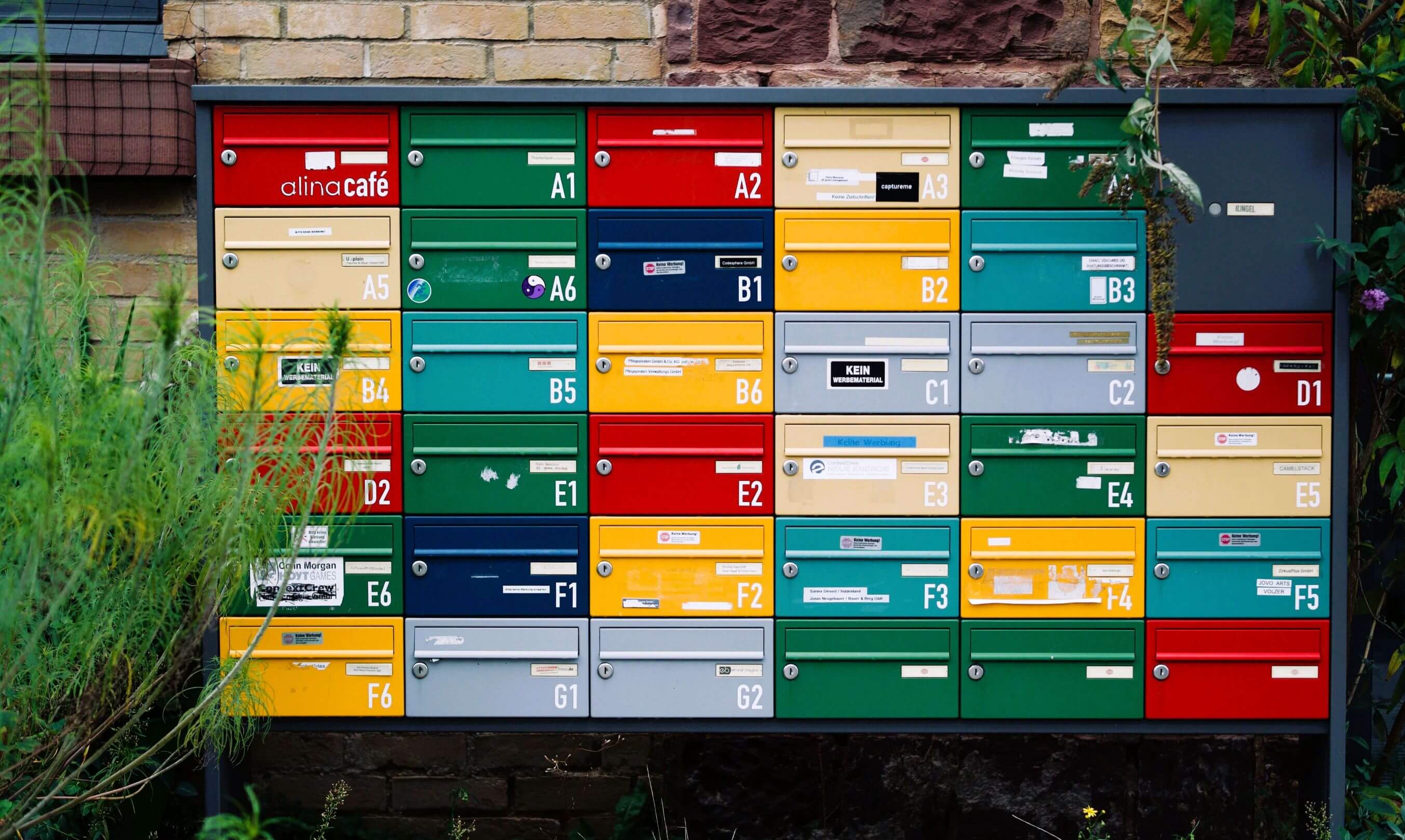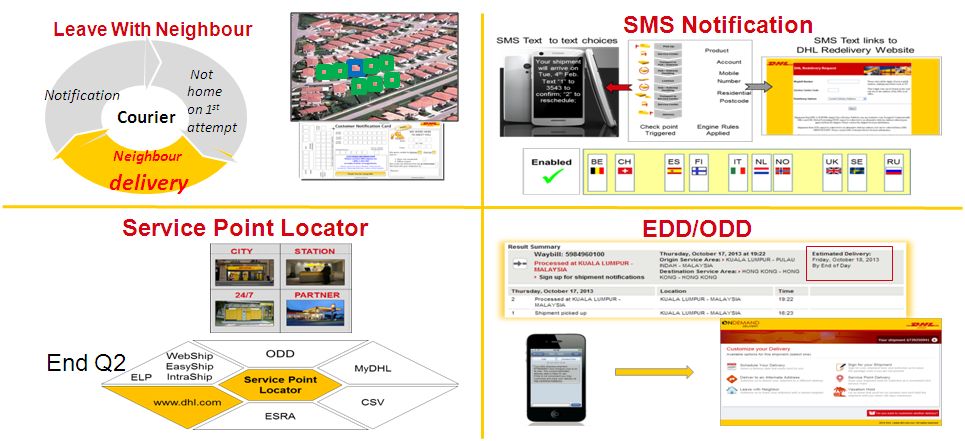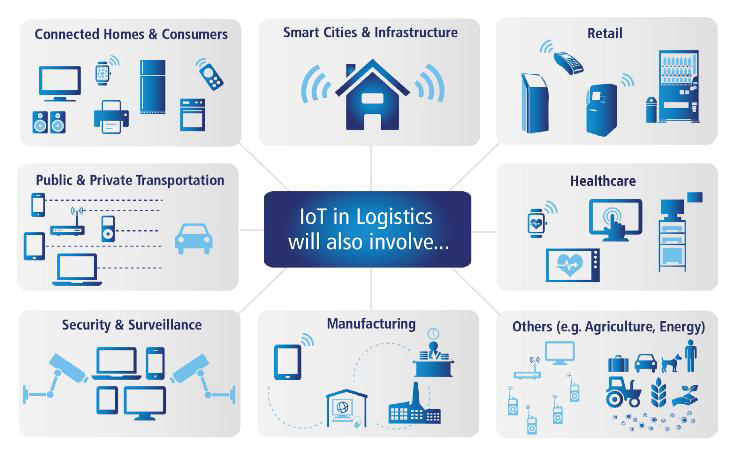- Home ›
- Digital Post Services ›
- Hybrid Mail Standards
Hybrid Mail Standards
Building European Standards for Hybrid Mail - Walter Trezek & CEN TCC331/WG2
With full liberalization of the European Market for postal services in 2012, most postal operators have understood that the key to their future lies in the markets upstream & downstream of the core postal service provision.
The way in which society communicates has continued to change fundamentally over the last ten years. Hybrid mail – mail delivered using a combination of electronic and physical delivery – is one manifestation of this change.
However, previously hybrid means of communication had not been covered by the postal universal service obligation. As a consequence, work undertaken by CEN’s TCC 331 / WG2 (Working Group 2) had not been covered by the European Commission’s mandate to standardize postal services as specified by the postal framework directive.

In 2008 this changed.
The Universal Postal Union (UPU) laid the foundations for extending the postal service provision into the internet.
Working Group 2 then actively ensured that the spirit and aim behind the liberalization of the European market for postal services would not be jeopardized by the arrival of new and exclusive areas reserved solely to the incumbents.
Consequently, Working Group 2 has sought to ensure equal and non-discriminatory access to hybrid postal services, and has converted UPU technical specifications into CEN format. Moreover, it is continuing to revise existing standards and plans to develop new technical standards for hybrid mail.
Creating Hybrid Mail Standards
Hybrid mail, as defined by Working Group 2, is an electronic-based postal service.
The sender posts the original message in either a physical or an electronic form and the message is then electronically processed and converted into a letter-post item for physical delivery to the addressee.
Where national legislation permits, and where the sender or the addressee requests, the postal operator effecting the delivery may convert the original transmission either into non-physical means (such as fax, email, or SMS) or into multiple means.
Where delivery is physical, the information is generally transmitted by electronic means over the furthest possible distance, before being physically reproduced at premises as close to the recipient´s address as possible.
The leading technical specification, “CEN/ TS 14014: 2006 Postal services - Hybrid mail - Document type definitions for customer to operator: a common set of default tags”, was placed under revision in 2012.
Most communications, even letter-post items, have their origin in digital media. Letters are overwhelmingly composed and written using IT‐based output systems.
So it is true to say that “the original is digital” and is stored and archived digitally. The printed mail piece is simply a copy.
Therefore more and more postal services providers are extending their core postal service offerings into the upstream markets. Hybrid mail has become a vital value proposition for postal services and output management providers.
Extending Standards to Secured Electronic Postal Services
The first step was to
define hybrid mail.
The second step was to
extend standards to cover Secured
electronic Postal Services (SePS).

The progression from a digitally composed mail piece to secured electronic distribution, whether driven by governments or postal services, is a process of evolution rather than revolution.
Most would say that this evolution is due for completion sooner rather than later.
Therefore it comes as no surprise that in countries where third party players are large enough to have an impact on the letter-post market, national postal services have decided to take the bull by the horns and actively drive forward the evolution from physical mail to secured electronic mail themselves.
CEN/ TC 331 Working Group 2 supports these developments by actively participating in converting global postal standards in this field into European Postal standards:
“CEN/TS 15121-1 Postal Services — Hybrid Mail — Part 1: Secured electronic postal services (SePS) interface specification - Concepts, schemas and operations”
&
“CEN/TS 15121-2 Postal Service — Hybrid Mail — Part 2: Secured electronic postal Service (SePS) interface specification: Electronic Postal Certification Mark (EPCM) Service”
Standards Guarantee Authenticity, Integrity & Trust
The core service provision
of postal providers offers a unique proposition to the two parties involved in
any letter-post communication – authenticity,
integrity & trust.
These principles are safeguarded globally by national and international legislation. This is the Trusted Third Party concept that postal service providers will use as the cornerstone for future service offerings.

Enshrined in the postal service provision, this cornerstone of the postal service obligation was extended by “CEN/TS 16326: Postal Services – Hybrid Mail – Functional Specification for postal registered electronic mail” to cover email.
CEN/TS 16326 was also instrumental in transforming the ETSI REM (REM = registered E-Mail) standardization and providing technical standardization for any interoperability for a postal service provision extended to digital communication means.
This made e-delivery and certain aspects of electronic cross-border identification interoperable, supporting the evolution of the postal network which is by definition universal and becoming increasingly multi-channel.
Reverse Hybrid Mail - The 3rd Aspect of Current Standardization
Reverse hybrid mail will specify the technical processes and means for converting physical mail into digital form for delivery to electronic mailboxes.
The electronic mailbox (e-mailbox) in the digital world will serve a similar purpose to the traditional mailbox in the physical world.
Now, it could be argued that everyone online already has an e-mailbox. But this is only partly true.

At the moment the legal obligations associated with a physical mailbox are not yet valid for e‐mailboxes.
However, as you read this, posts globally are going through the evolutionary process of adopting the concept of secured electronic mailboxes. (See our Best Practice examples: Post Danmark & Macao Post)
These developments are based on international standards and principles aimed at establishing global SePS networks, networks which will run parallel to the physical networks established by postal service providers around 125 years ago.
The concept of a postal electronic mailbox was enshrined in the UPU’s letter-post convention of June 2011. A postal electronic mailbox enables:
- Sending of electronic messages by an authenticated mailer
- Delivery to the authenticated addressee
- Access, management and storage of electronic messages and information by the authenticated addressee
As a result, and to ensure the equal and non-discriminatory access to reverse hybrid postal services, CEN/TC331 WG2 has begun work on standardizing the processes and technologies already in use. The results and first drafts will be ready by the end of 2012.
Work Items in 2012
As delivery of mail and addresses (sender and recipient identification) becomes fully multi-channel, extending postal service provision to new means of digital communication at national and global level requires new standards.
This becomes even more important as personal and sensitive data, profiles and preferences all need to be protected, authenticated and secured.

Data is the new commodity in a market-driven economy. Data-protection legislation, copyright and consumer protection are increasingly changing the way we communicate.
Across the world states and business are tackling the issue of identification in order to know who their clients are, and to ensure that people only get access to the information and services to which they are entitled.
Yet again, postal services find themselves in the important role of a trusted mediator.
The postal address is core to several levels of postal “In-Person-Proofing” services offered by most postal service providers today, whether for secured delivery, first class or second class mail, parcel services or postal financial services. In the same way, user identification and authentication are essential if many cross-border services are to become successful and secure.
1. WI 00331078 - “Preference Database / technical Standard”:
Postal markets are dynamic and are quickly evolving in conjunction with the ever-widening markets of communication, advertising and electronic commerce. Facilitating the interoperability of postal industry stakeholders along the postal value chain becomes increasingly important.
Postal services rely on addresses. Paper-based mail and new means of communication - and therefore distribution and delivery - requires highly standardized addresses to identify recipients and deliver document-based communication. As addresses become multi-channel, the access to those channels will be based on consent and opt-in mechanisms.
This new work item will focus on technical specifications for distribution and delivery on a European level, clearly identifying different ways of delivery by different means of addressing recipients and their preferences.
2. WI 00331077 - “Mail Switch for postal processing /technical Standard”:
Similarly, outgoing mail applications follow the preferences of recipients and senders.
Switching between different means of delivery and combining paper-based mail streams with new added-value offerings in the ICT based world gives rise to new business models and integrated mail solutions.
The security and integrity of digital documents, according to existing standards, ensures that delivery is based on the preferred media of any recipient. The documents (transactional, legal, personal, confidential, governmental, health related, marketing or informational) presented to recipients offer different standards of security and different levels of non-repudiation.
A service such as this can only be offered by a trusted party who provides a trustworthy, fast and efficient service based on technical specifications. Postal services, as well as related services, are ideally suited to provide this service.
However, the current lack of a standardized interface offering results in the development of proprietary solutions. This prevents software providers from adopting a single, common interface, again preventing competition in the market for the service, both for users and for service providers.
In order to combat this, CEN/TC331 WG2 will provide technical standardization for the switch between media for delivery-channels. WG2 will take into account different levels of authentication and non-repudiation and build on work already completed in the field of SePS, EPCM and PrEM.
In Brief: Hybrid mail is an electronic-based postal service, the mail piece itself being delivered by a combination of physical and digital means. By offering the Secured electronic Postal Services (SePS) that hybrid mail involves, traditional postal services are moving into the upstream market.
CEN is currently converting global standards to the European standard TS 15121 part 1 &2 to cover SePS in Europe. These are followed by standard TS 16326 which extends SePS to cover email, safeguarding their principles of authenticity, integrity & trust and creating the basis for postal services to extend their service provision into the internet
Walter Trezek is the Chairman of the Consultative Committee (CC) of the Universal Postal Union (UPU).
- Home ›
- Digital Post Services ›
- Hybrid Mail Standards
Does this article cover a topic relevant to your business? Access the CLS Business Lounge for the market intelligence you need to stay ahead of the crowd. Find out more




















